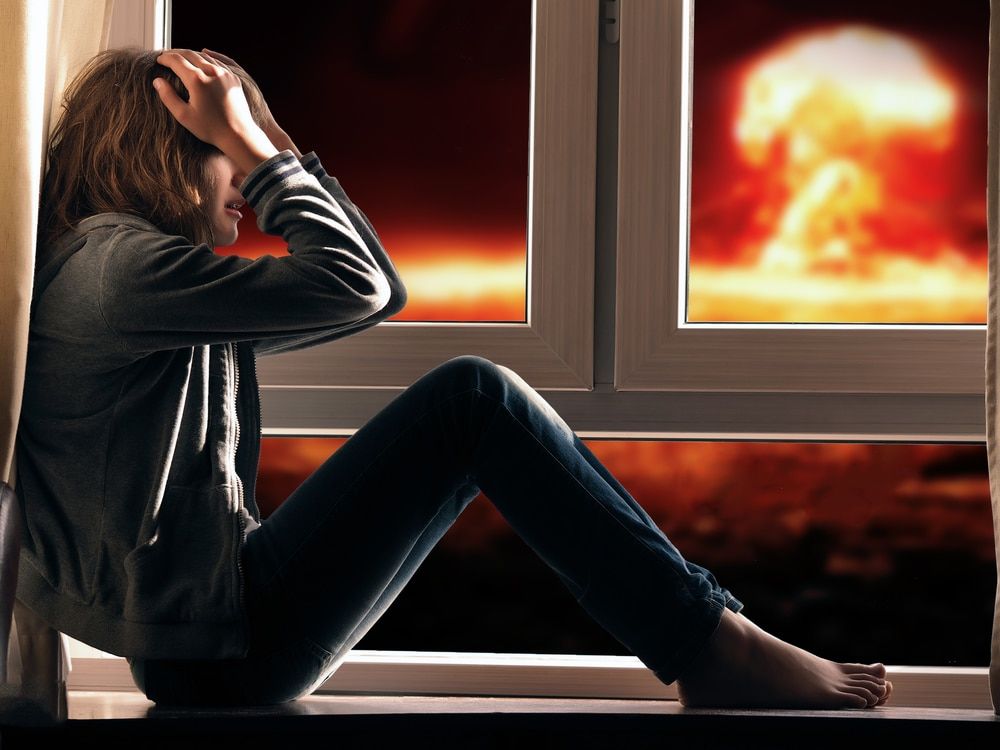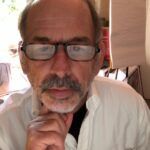Nuclear weapons in 2013
By John Mecklin | January 2, 2014

Keeping its diverse audience up to date on developments relating to nuclear arms is, of course, a major focus of the Bulletin. From Iran to North Korea to Russia and beyond, in 2013 the Bulletin’s experts not only explained the continuing, potentially civilization-ending threat of nuclear weaponry; they offered concrete plans for reducing that threat. The enormous range of the Bulletin’s coverage of the danger of nuclear weaponry is best reflected here. For those with limited reading time, however, here are seven eloquent and important pieces that we published last year, in the continuing belief that an ever-broader and -deeper understanding of the danger of nuclear weapons offers protection against their use.
- The Iran interim agreement: An international precedent for nuclear rules by Victor Gilinsky and Henry Sokolski. Attention has focused on the effect an interim agreement will have on Iran’s nuclear capabilities, but in the end its chief significance may be in the precedent it sets for the rules that will apply to nuclear power worldwide.
- The uranium processing fiasco and an associated slide show, A history of mismanagement: Building nuclear facilities on the taxpayer’s dime, by Peter Stockton and Lydia Dennett. The Energy Department and National Nuclear Security Administration have birthed another boondoggle—a Uranium Capabilities Replacement Project slated to run billions of dollars over budget and 20 years behind schedule. But it’s just one of many such fiascos.
- Into thin air: The story of Plutonium Mountain. A Bulletin interview in which former Los Alamos National Laboratory director Siegfried Hecker details one of the world’s great nonproliferation stories—the effort to secure the Semipalatinsk Test Site in Kazakhstan.
- If the Boston Marathon attack had involved dirty bombs by George M. Moore.The Boston Marathon bombing was horrific enough without getting into ways in which it could have been worse. But in fact there is one avenue of speculation worth exploring, because doing so could help keep cities safe in the future: What if the explosive devices allegedly used by the Tsarnaev brothers had contained radioactive material?
- Science, art, and the legacy of Martyl by Kennette Benedict. Martyl Langsdorf, the artist who created the Doomsday Clock, died on March 26th at the age of 96 in Chicago. Known to many friends and fans simply as Martyl, she was a petite and vivacious woman who had an outsize influence on public consciousness about nuclear weapons through her design of the clock that first graced the cover of the Bulletin of the Atomic Scientists in 1947 and continues to be used today.
- A broader reading of seismic waves from North Korea by Jeffrey Park. How a North Korean nuclear test demonstrated that the international community can effectively monitor a comprehensive nuclear test ban treaty, as soon as it is ratified by the United States and placed into force.
- Nuclear photography: Making the invisible visible by Carole Gallagher. A documentary photographer, Gallagher spent a decade capturing the lives of those who lived downwind of the nuclear tests conducted at the Nevada Test Site. In this essay, a part of the Bulletin’s special issue on art, destruction, and the Doomsday Clock, she explores whether nuclear catastrophe is beyond the reach of art.
Together, we make the world safer.
The Bulletin elevates expert voices above the noise. But as an independent nonprofit organization, our operations depend on the support of readers like you. Help us continue to deliver quality journalism that holds leaders accountable. Your support of our work at any level is important. In return, we promise our coverage will be understandable, influential, vigilant, solution-oriented, and fair-minded. Together we can make a difference.
Topics: Analysis, Nuclear Weapons














